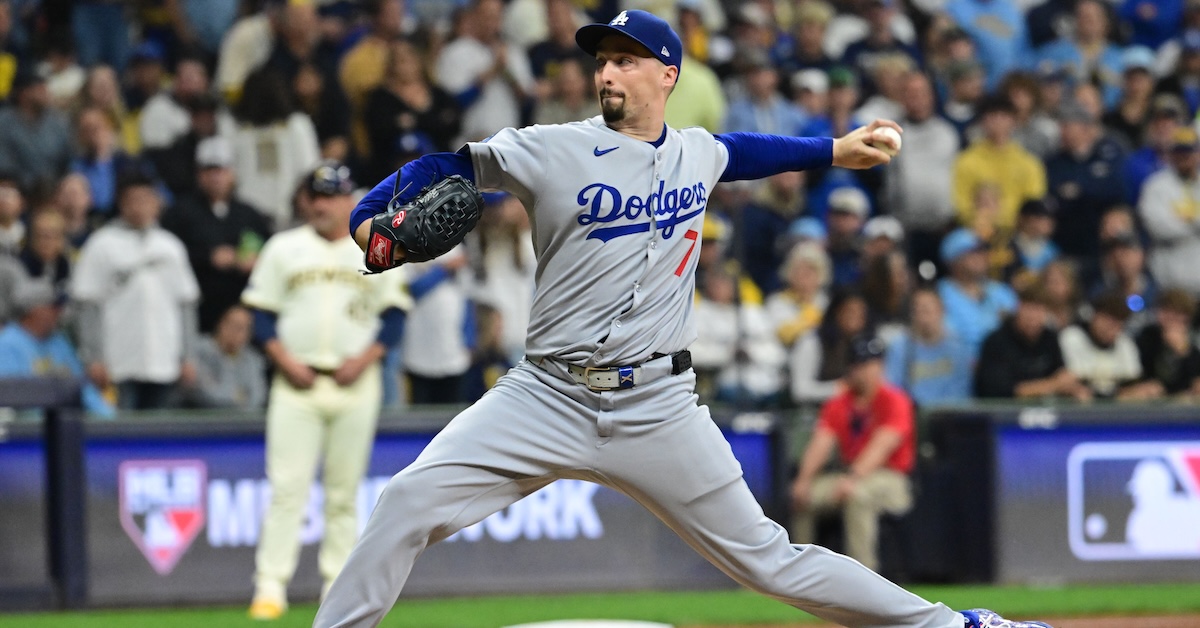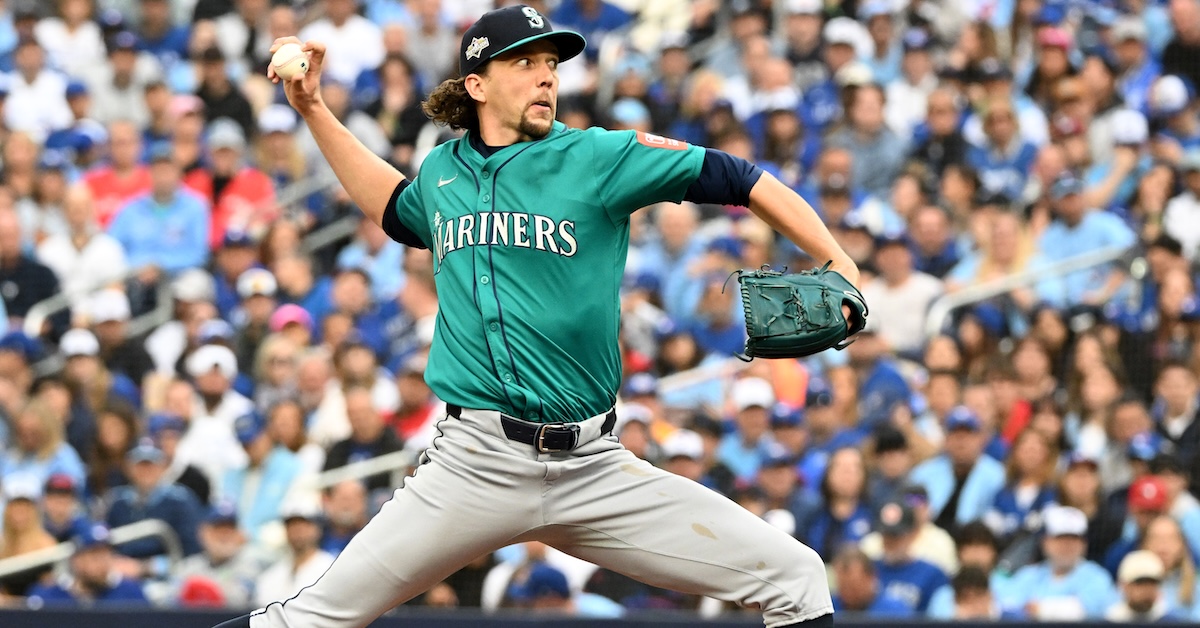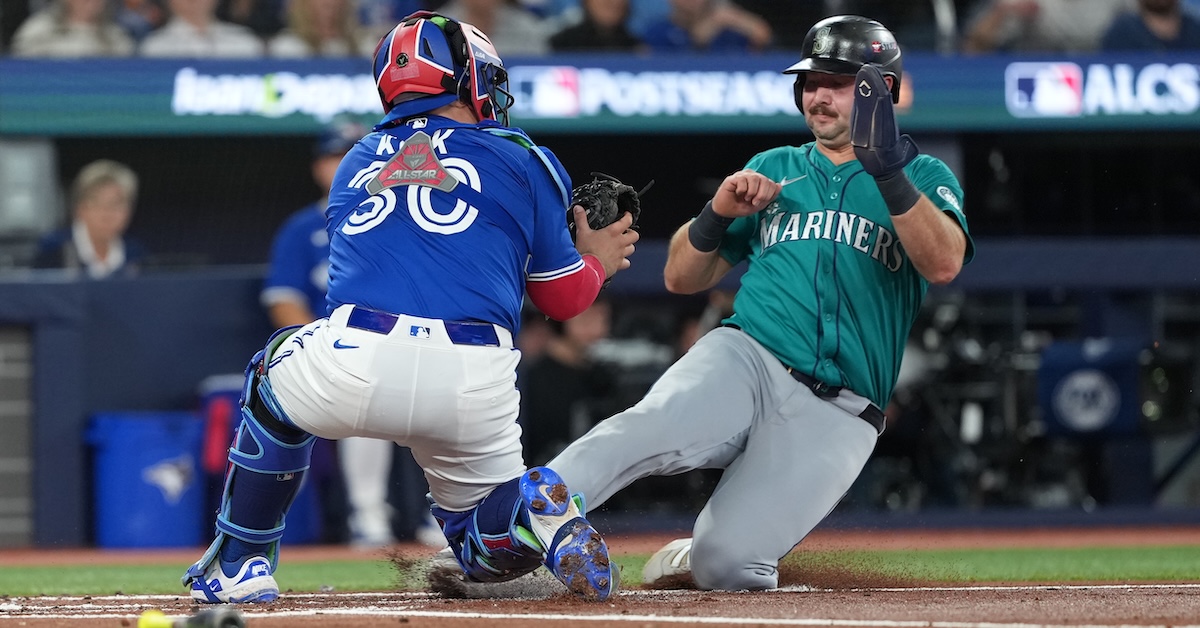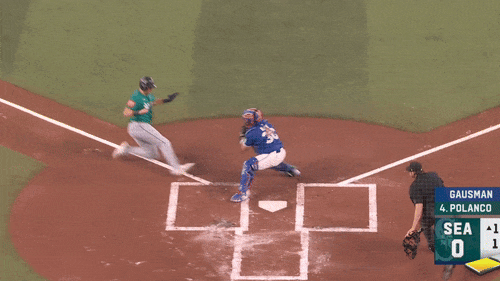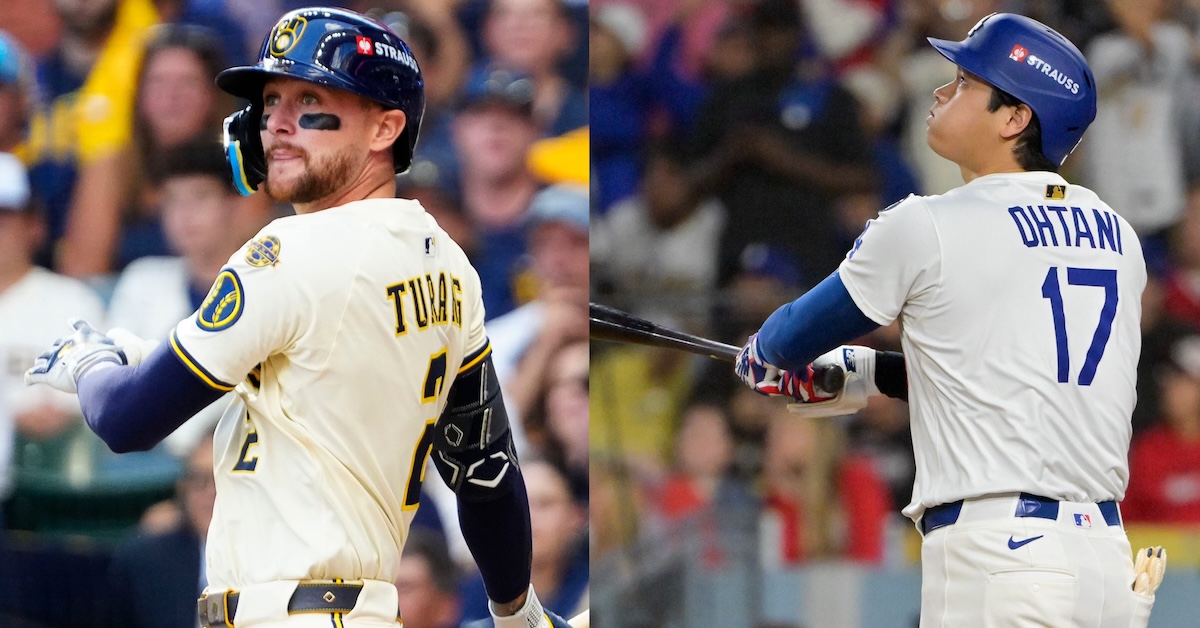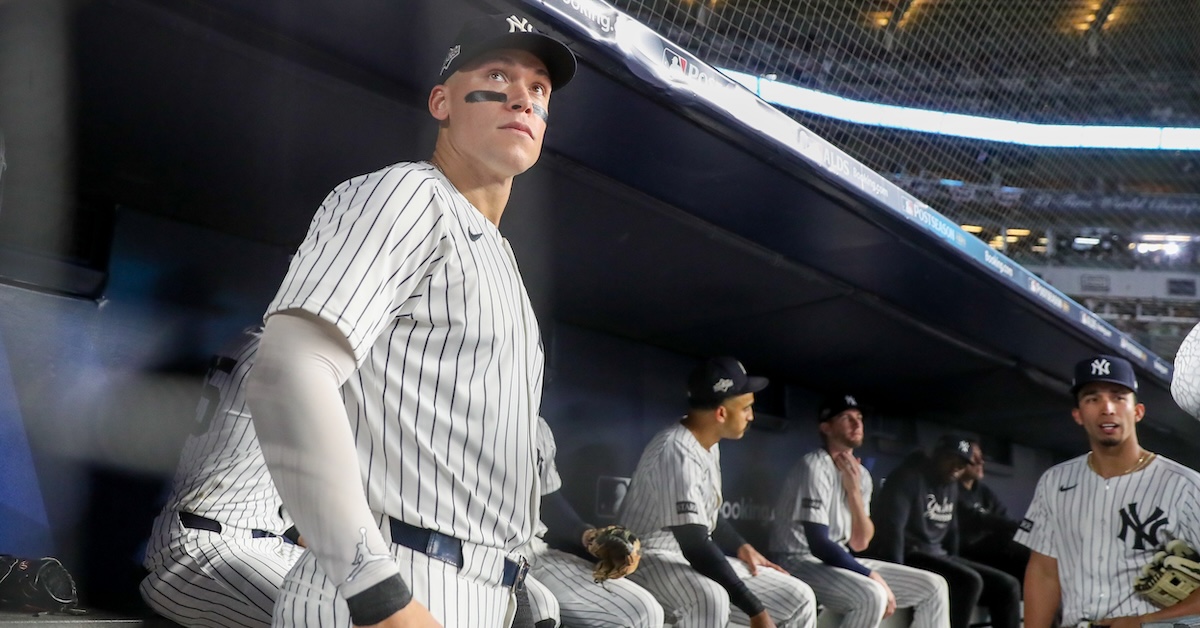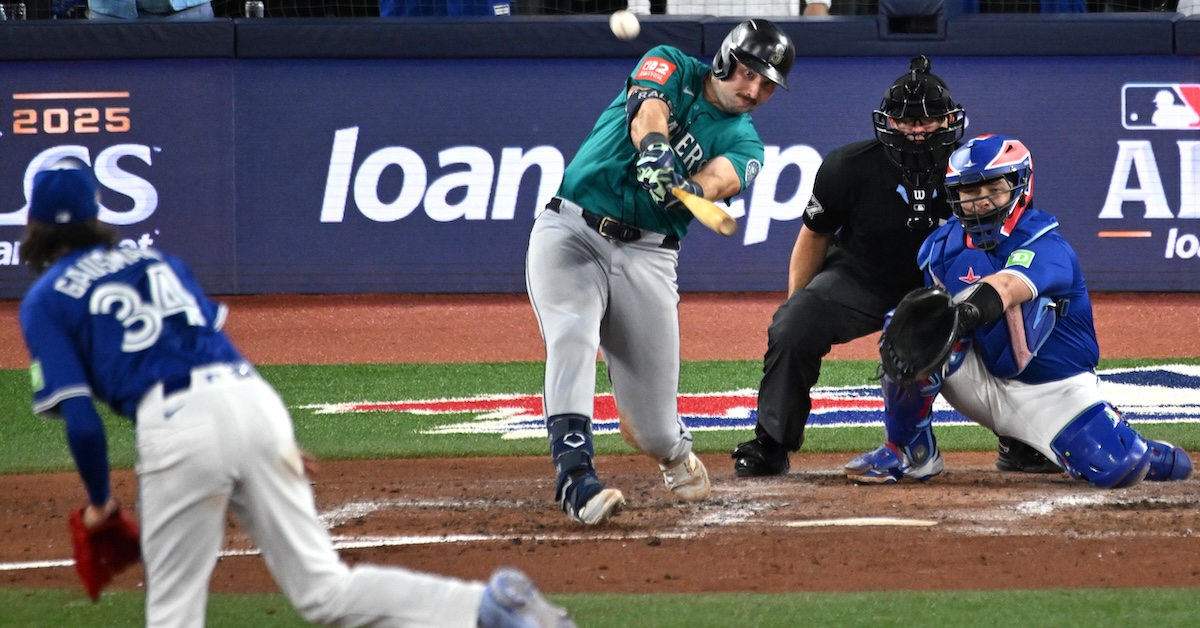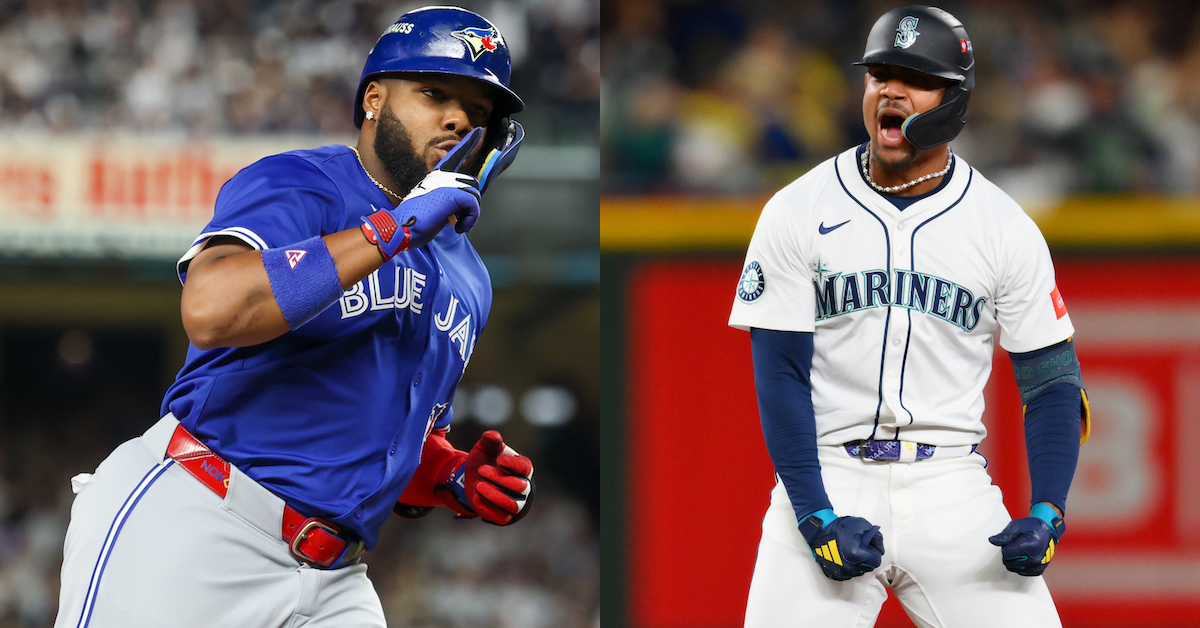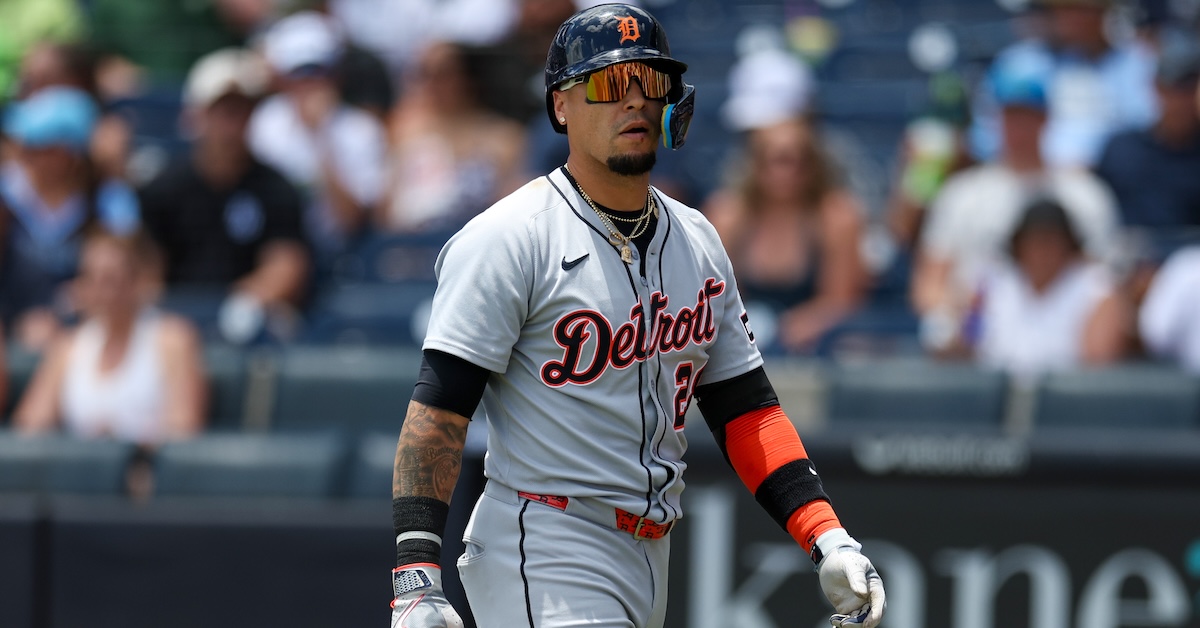Shea Langeliers Talks Hitting
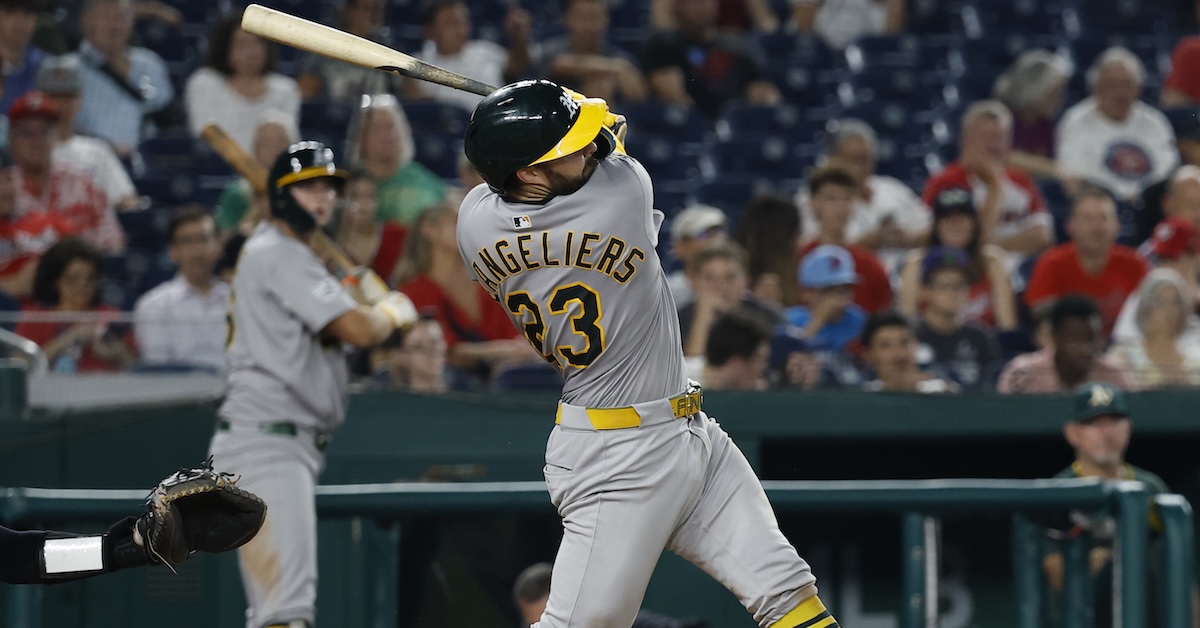
Shea Langeliers has emerged as one of baseball’s best backstops. Building on a 2024 season in which he swatted 29 home runs while logging a 109 wRC+, the 27-year-old slashed .277/.325/.536 with 31 home runs and a 132 wRC+. Moreover, he lowered his strikeout rate from 27.2% to 19.7%, and upped his WAR from 2.0 to 3.9. Those numbers came with the Athletics, who acquired Langeliers in the March 2022 trade that sent Matt Olson to the Braves.
Taken ninth overall by Atlanta in 2019 out of Baylor University, Langeliers was called “the consensus best catcher in [that year’s] draft not named Adley Rutschman” by Eric Longenhagen and Kevin Goldstein. When ranking Langeliers fifth in the Braves system in the spring of 2021, our then-prospect analyst duo also opined that “offensive development will dictate his ultimate value, as his defense is big league-ready right now.” As the numbers show, the right-handed hitter’s offense has developed just fine.
Langeliers sat down to talk hitting when the A’s visited Boston in September.
———
David Laurila: How have you changed as a hitter over the years? For instance, are your swing and setup any different from when you got to pro ball?
Shea Langeliers: “Those haven’t changed a whole lot. What has changed is how I’m mentally ready to hit sooner, throughout the process, if that makes sense. A good way to explain it would be, before release being able to physically pull the trigger on my swing. Being ready to hit earlier in the loading process gives me more time to see the pitch and react to it. It’s also a good mental cue for me.
“Another thing is that when I first got to the big leagues, I was trying to hit everything as hard as I can, all the time. I’ve dialed that down a little bit. There is a little more bat control now, so I’m missing fewer pitches.”
Laurila: Can you elaborate on being ready to hit earlier? Read the rest of this entry »
